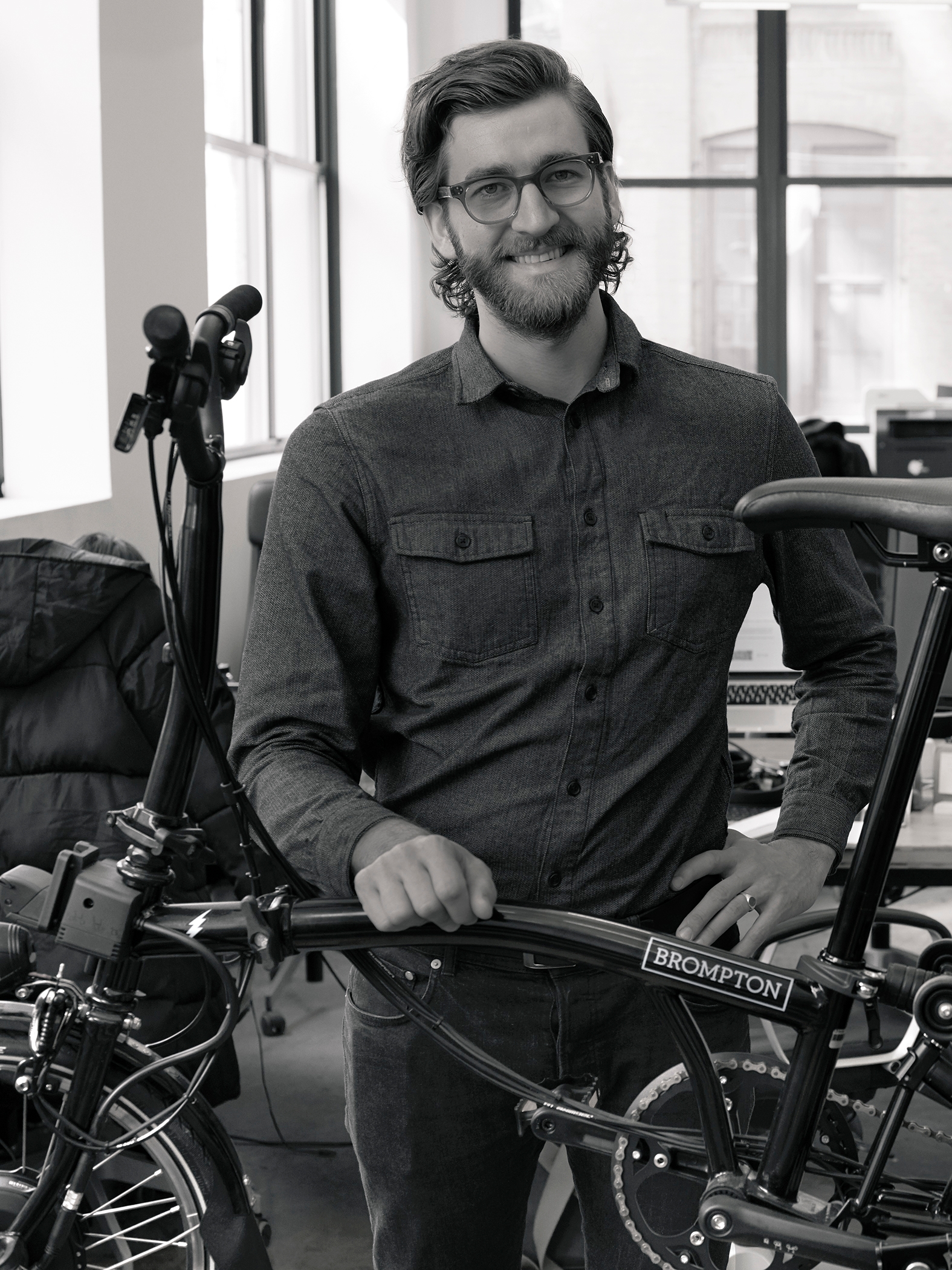A Field Guide for Hiring and Retaining Millennials, Gen Z, and More

Table of contents
- 1.More jobs + fewer people in the workforce = a critical need to retain skilled talent, particularly for small and medium businesses where redundancy of talent is scarce.
- 2.So, what empowers an employee to take and stay at a job?
For the first time ever, employers have to navigate the needs of five generations of people working together.
There’s: the Silent Generation, currently in their 70s and 80s, born amid the Great Depression; the skeptical and debt-conscious Generation Z, currently younger than age 24, born at the end of the Dot Com Boom; the success-obsessed Baby Boomers and nearly polar opposite, social media- and cause-driven Millennials; and the highly-independent and ever-mediating middle child, Generation X.
Imagine holding the TV remote in a room full of people whose ages span 60 years and trying to figure out what show everyone wanted to watch—Murder She Wrote? YouTube on their phones? Running a small or medium size business today is like that, but if you pick the wrong show, your whole house collapses.
Stereotypes are largely the beginning and end of what most employers know about the needs and wants of these five distinct generations that are shaped by very different life experiences. It is important to understand the nuances of what matters to them because the competition for talent is only getting fiercer.
Consider the competition for talent. The global pool of available people is shrinking as our population quickly gets older. In 2016, 8.5% of people (617 million) were aged 65 and up, according to the U.S. Census Bureau. By 2050, that is expected to jump to 17% (1.6 billion). Globally, since the 1960s, worldwide fertility rates have been cut in half, declining dramatically across every continent. The Middle East, North Africa, South Asia, Latin America and the Caribbean are the only regions still meeting the “replacement threshold” of 2.1 children per woman that is required for sustained population maintenance.

More jobs + fewer people in the workforce = a critical need to retain skilled talent, particularly for small and medium businesses where redundancy of talent is scarce.
To help SMBs start to understand what levers to pull for whom and when, TriNet surveyed 1,600 employees and owners of SMBs (TriNet customers) to reveal the starkest differences—and surprising similarities—between older and younger generations of people at work. Then we at Incredible Now followed up with a few specific businesses to help understand the day-to-day, human side of balancing the needs of Matlock watchers with those of people who are still coming up with Instagram Stories about their Game of Thrones finale theories.
The survey found that, cross-generationally, compensation, paid time-off, and health benefits are important, though Millennials and Gen Zers are likely to value commuter benefits, parental leave, paid volunteer time, and non-traditional benefits more than their Baby Boomer and Gen X peers. Further, intangibles such as career mobility, workplace culture, and the ability to be creative proved to be more important to younger employees. Put simply, for employers, it’s about showing results and demonstrating the opportunity for employee career mobility, not about where your IP address sits.
“Generation Z has only known the boom economy,” says TriNet CEO Burton Goldfield. “Top talent can get a job anytime, anywhere, and any way they want.” Some applicants, he says, don’t even have resumés anymore! We are truly living in the era of the empowered employee.

So, what empowers an employee to take and stay at a job?
First things first: environment. In the past, environment was the place employees were required to be five days a week. Remote working was a pipe dream. More recently, culture was what businesses retrofit to the confines of offices, not something they proactively shaped through, say, policy. Today we’re beyond comfy couches and gourmet snacks, beyond physical and geographical confines altogether. Environment includes off-site cultural spaces, WFH. It’s a … vibe.
 | “We’ve created an environment where everyone enjoys what they’re doing, where they can shine and show off,” says Peter Yuskauskas, VP of Marketing and Retail at New York-based Brompton Bikes. That environment is a baseline when it comes to Brompton’s hiring efforts in a particularly diverse market, Yuskauskas says. “In New York, you’ve got a lot of creative, intelligent people who find their way into high-paying jobs in finance or healthcare, which makes it very difficult for us to recruit.” Knowing how to play up different selling points of Brompton is key. “You can’t find great people unless you’re really selling a job,” Yuskauskas says. |
Then there’s keeping the best people at a time when offers abound. An important insight from TriNet’s research: Millennials and Gen Zers remain at a job because of the people; Boomers and Gen Xers remain because of the work. Benefits play a crucial role in the retention of each generation, but in different ways. Health benefits are of lesser importance to Gen Zers and Millennials (50% and 63%) and of greater important to Gen Xers and Boomers (71% and 68%).
“For lot of the people that we employ, health benefits might be not that exciting to them because they're young. They don't have kids. They don't have ongoing health issues,” Yuskauskas says. “Everyone's going to ride down the street at 30 miles per hour without a helmet,” (metaphorically, speaking; “Ride safe,” he later added).
Brompton’s typically younger employees, on the other hand, love the vacation policy. “We give 20 days paid vacation to every full-time employee,” says Yuskauskas. “Which is something that I think is pretty unusual.”
In fact, the more unusual the benefit, the better for attracting younger employees. 52% of Millennials rated less-traditional benefits as very important compared to only 26% of Boomers. “I know someone who moved jobs just because the new company allowed them to bring dogs to work,” says TriNet’s CEO, Goldfield. “That’s it. No difference in compensation or role. Just the dog.”
Every nuance—be it a benefit, slice of culture, or workplace experience—could be a deal breaker for the modern employee. “With regard to candidates—you're going to have to woo them with the entire experience. From the offer letter, to the benefits, to the onboarding experience. It has to be exceptional to attract and retain the talent you want,” added Goldfield.
To learn more about creating the right culture for multiple generations and which buttons to push, go push some buttons on our interactive graphic, here.
Table of contents
- 1.More jobs + fewer people in the workforce = a critical need to retain skilled talent, particularly for small and medium businesses where redundancy of talent is scarce.
- 2.So, what empowers an employee to take and stay at a job?





